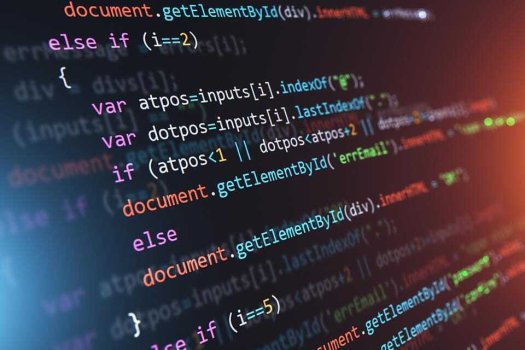A recent experience with managing the tenth anniversary version of a technical conference (www.iccve2022.org) triggered a process of reflection on the last decade of artificial intelligence. The first article in the series, Reflections On a Decade Of AI (forbes.com), explored the historical background of AI technology, the current successes of Machine Learning (ML) methods, and the contrast with conventional algorithmic design.
The predecessor article, Reflections On a Decade of AI (Part 2) (forbes.com), explored the historical approach taken by safety focused designs for safety validation with a deep dive for airborne systems. As shown in the figure below, initially the use of electronics hardware (HW Paradigm) injected a powerful new capability for system designers, and accompanying safety methodologies were developed to harness the power of electronics. In the last 30 years, software has become available as a powerful new capability, and again safety methodologies had to evolve. Today, we are the starting point of the AI Paradigm, and leveraging this powerful tool requires progress on the safety methodology front.
What exactly is the AI Paradigm ?
The AI Paradigm allows the use of machine learning to build intelligence from data. In the case of autonomy, this data is often from various sensor domains. With these capabilities, sound can be interpreted as language (NLP), video can lead to object recognition (Vision), and there are many more applications. This AI paradigm is built on top of another abstraction called the AI model. Various terms such as Convolutional Neural Network (CNN), Recurrent Neural Network (RNN), Transformer and more are used to describe these models. Fundamentally, these models are containers which can map complex functional relationships from inputs to outputs.
In the AI Paradigm, data streams are used to “train” the underlying model. The objective is to build an algorithm which reflects some underlying relationship, and use that relationship for data streams beyond the training set.
Continue reading: https://www.forbes.com/sites/rahulrazdan/2022/03/20/reflections-on-a-decade-of-ai-part-3/?sh=6ba193fc21aa
The predecessor article, Reflections On a Decade of AI (Part 2) (forbes.com), explored the historical approach taken by safety focused designs for safety validation with a deep dive for airborne systems. As shown in the figure below, initially the use of electronics hardware (HW Paradigm) injected a powerful new capability for system designers, and accompanying safety methodologies were developed to harness the power of electronics. In the last 30 years, software has become available as a powerful new capability, and again safety methodologies had to evolve. Today, we are the starting point of the AI Paradigm, and leveraging this powerful tool requires progress on the safety methodology front.
What exactly is the AI Paradigm ?
The AI Paradigm allows the use of machine learning to build intelligence from data. In the case of autonomy, this data is often from various sensor domains. With these capabilities, sound can be interpreted as language (NLP), video can lead to object recognition (Vision), and there are many more applications. This AI paradigm is built on top of another abstraction called the AI model. Various terms such as Convolutional Neural Network (CNN), Recurrent Neural Network (RNN), Transformer and more are used to describe these models. Fundamentally, these models are containers which can map complex functional relationships from inputs to outputs.
In the AI Paradigm, data streams are used to “train” the underlying model. The objective is to build an algorithm which reflects some underlying relationship, and use that relationship for data streams beyond the training set.
Continue reading: https://www.forbes.com/sites/rahulrazdan/2022/03/20/reflections-on-a-decade-of-ai-part-3/?sh=6ba193fc21aa

